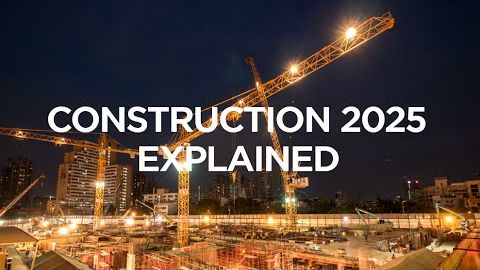
Subtitles & vocabulary
Construction 2025 Explained | The B1M
00
Ntiana posted on 2016/11/04Save
Video vocabulary
change
US /tʃendʒ/
・
UK /tʃeɪndʒ/
- Transitive Verb
- To exchange one set of clothes for another
- To exchange one kind of money for another
- Noun (Countable/Uncountable)
- Exchange of one set of clothes for another
- Money in the form of coins instead of paper
A1
More people
US /ˈpipəl/
・
UK /'pi:pl/
- Noun (Countable/Uncountable)
- Persons sharing culture, country, background, etc.
- Men, Women, Children
- Transitive Verb
- To populate; to fill with people.
A1
More work
US /wɚk/
・
UK /wɜ:k/
- Noun (Countable/Uncountable)
- The product of some artistic or literary endeavor
- Everything created by an author, artist, musician
- Verb (Transitive/Intransitive)
- To bring into a specific state of success
- To be functioning properly, e.g. a car
A1TOEIC
More feel
US /fil/
・
UK /fi:l/
- Verb (Transitive/Intransitive)
- To be aware of or experience an emotion, sensation
- To sense through direct contact; touch
A1
More Use Energy
Unlock All Vocabulary
Unlock pronunciation, explanations, and filters
